Samantha Rose Design’s
Are you looking to spruce up your patio with minimal effort and maximum impact? Succulents are the perfect solution. These versatile, low-maintenance plants can transform any outdoor space into a lush, green oasis. Whether you have a small balcony or a sprawling garden, succulents offer endless possibilities for creative patio décor. In this blog post, we will explore some fantastic Succulent and Patio Plant Decor ideas, discuss the best succulents for patios, and provide tips on how to care for your summer patio plants. By the end, you will be ready to create a beautiful and inviting outdoor space that you and your guests will love.
Why Choose Succulents for Your Patio?
Succulents are popular for a reason. They are hardy, drought-tolerant, and require very little care. This makes them ideal for busy homeowners or those who may not have the greenest of thumbs. Additionally, succulents come in a wide variety of shapes, sizes, and colors, providing endless options for creative patio designs.
Benefits of Using Succulents
Succulents are not just pretty to look at; they offer several practical benefits. Firstly, their low water requirements make them environmentally friendly. You won’t need to worry about frequent watering, which is especially beneficial during hot summer months. Secondly, succulents are highly adaptable and can thrive in various conditions, from full sun to partial shade. Lastly, these plants are excellent for container gardening, allowing you to move them around as needed to create the perfect patio layout.
Environmental Impact
Using succulents in your patio décor is not only good for your space but also for the planet. Due to their low water needs, succulents help conserve water, making them a sustainable choice. Many succulents are also native to arid regions, so they are well-suited to withstand periods of drought, reducing the need for heavy irrigation.
Getting Started with Succulent Patio Plant Décor
Before you start planting, it’s essential to plan your patio layout. Consider the size and shape of your patio, as well as the amount of sunlight it receives throughout the day. This will help you choose the best spots for your succulent arrangements and ensure they thrive.
- Assessing Your Space – Measure your patio and make a rough sketch of the area. Note any existing furniture, planters, or other features that you want to incorporate into your succulent design. This will give you a clear idea of how much space you have to work with and help you visualize your arrangement.
- Choosing the Right Containers – When it comes to containers, the options are endless. From traditional terracotta pots to modern ceramic planters, there’s something for every style. Make sure to choose containers with good drainage, as succulents do not like to sit in water. For a cohesive look, consider using containers in a similar color palette or material.
- Selecting Your Succulents – Now comes the fun part—choosing your succulents! There are hundreds of succulent varieties to choose from, each with its unique shape, color, and texture. To create an eye-catching display, mix and match different types of succulents. Some popular choices for patios include Echeveria, Sedum, and Aloe Vera.
Best Succulents for Patios
Not all succulents are created equal, and some are better suited for outdoor living than others. Here are some of the best succulents for patios that will thrive in various conditions and add a touch of greenery to your space.
- Echeveria – Echeveria is a popular choice for patios due to its rosette shape and vibrant colors. These succulents come in various shades, from soft pastels to deep purples. Echeveria prefers full sun but can tolerate partial shade, making it a versatile option for different patio layouts.
- Sedum – Sedum, also known as stonecrop, is another excellent choice for patios. These hardy succulents are incredibly drought-tolerant and can thrive in full sun to partial shade. Sedum comes in various forms, from low-growing ground covers to upright varieties, providing plenty of options for creative arrangements.
- Aloe Vera – Aloe Vera is not only a beautiful succulent but also a practical one. Known for its medicinal properties, Aloe Vera can be used to soothe burns and cuts, making it a valuable addition to any patio. Aloe Vera prefers well-draining soil and plenty of sunlight, so be sure to place it in a sunny spot.
Creative Succulent and Plant Patio Ideas
Now that you have a selection of succulents, it is time to get creative. There are countless ways to incorporate succulents into your patio décor, from simple potted arrangements to elaborate vertical gardens. Here are some ideas to get you started.
- Potted Arrangements – One of the simplest ways to add succulents to your patio is by using potted arrangements. Group several pots of different sizes and shapes to create a visually appealing display. You can also use tiered plant stands to add height and dimension to your arrangement.
- Vertical Gardens – If you are short on space, consider creating a vertical garden. Use a wooden pallet, hanging planters, or a wall-mounted frame to arrange your succulents vertically. This not only saves space but also adds an exciting focal point to your patio.
- Succulent Centerpieces – For a unique touch, create succulent centerpieces for your outdoor dining table or coffee table. Use shallow bowls or trays and fill them with a mix of succulents and decorative rocks. These centerpieces are sure to be a conversation starter at your next gathering.
Caring for Your Succulent Patio Plants
While succulents are low maintenance, they still require some care to keep them looking their best. Here are some tips for ensuring your succulents thrive on your patio.
- Watering – One of the most critical factors in succulent care is proper watering. Overwatering is the most common cause of succulent death, so it is essential to get it right. Water your succulents thoroughly but infrequently, allowing the soil to dry out completely between waterings. During hot summer months, you may need to water more often, but always check the soil moisture first.
- Sunlight – Most succulents prefer full sun, but some can tolerate partial shade. Pay attention to how much sunlight your patio receives throughout the day and place your succulents accordingly. If you notice your succulents stretching or losing color, they may need more light.
- Soil and Fertilizer – Succulents require well-draining soil to prevent root rot. Use a cactus or succulent potting mix or create your own by mixing regular potting soil with sand or perlite. Fertilize your succulents sparingly, as too much can cause rapid, weak growth. A balanced, diluted fertilizer applied once a month during the growing season is usually sufficient.
Troubleshooting Common Succulent Issues
Even with the best care, succulents can sometimes encounter problems. Here are some common issues and how to address them.
- Overwatering – Overwatering is the most common issue with succulents. Signs of overwatering include yellowing leaves, mushy stems, and root rot. If you suspect overwatering, remove the affected plant from its pot and allow it to dry out for a few days before replanting in fresh, well-draining soil.
- Pests – While succulents are generally pest-resistant, they can occasionally attract pests like mealybugs, aphids, and spider mites. If you notice pests on your succulents, treat them with a gentle insecticidal soap or neem oil. For severe infestations, you may need to remove and discard the affected plants to prevent the pests from spreading.
- Sunburn – Succulents can get sunburned if exposed to intense, direct sunlight for extended periods. Signs of sunburn include brown or white patches on the leaves. If you notice sunburn, move the affected plants to a shadier spot and gradually reintroduce them to more sunlight to acclimate them.
Incorporating Succulents with Other Patio Plants
While succulents are beautiful on their own, they can also be combined with other patio plants to create a diverse and vibrant outdoor space. Here are some ideas for mixing succulents with other plants.
- Companion Planting – Consider pairing succulents with other drought-tolerant plants, such as lavender, rosemary, or ornamental grasses. These plants have similar water and sunlight requirements, making them ideal companions for succulents.
- Container Gardens – Create mixed container gardens by combining succulents with annual flowers or trailing plants. This adds color and texture to your patio and allows you to change your arrangement with the seasons. Be sure to choose plants with similar care requirements to ensure they all thrive together.
- Edible Plants – For a functional and beautiful patio, consider incorporating edible plants with your succulents. Herbs like basil, thyme, and mint can be grown alongside succulents in pots or garden beds. This not only adds greenery to your space but also provides fresh ingredients for your culinary creations.
Seasonal Care for Succulent Patios
Succulent care can vary depending on the season. Here are some tips for keeping your succulent patio looking its best year-round.
- Summer Care – During the summer, succulents may require more frequent watering due to higher temperatures and increased evaporation. Be sure to check the soil moisture regularly and water when the soil is completely dry. Provide some shade during the hottest parts of the day to prevent sunburn.
- Winter Care – In colder climates, succulents may need protection from frost and freezing temperatures. Move potted succulents indoors or to a sheltered location, such as a greenhouse or covered patio. Reduce watering during the winter, as succulents enter a dormant period and require less moisture.
- Spring and Fall Care – Spring and fall are ideal times for repotting and propagating succulents. Check your succulents for signs of overcrowding and transplant them into larger pots if needed. Propagate by taking cuttings from healthy plants and allowing them to root before planting in fresh soil.
Creating a Welcoming Outdoor Space
Your patio should be a place where you can relax and enjoy the beauty of nature. Here are some additional tips for creating a welcoming and inviting outdoor space.
- Comfortable Seating – Invest in comfortable and stylish outdoor furniture to create a cozy seating area. Add cushions and throw blankets for extra comfort and warmth during cooler evenings.
- Lighting – Enhance the ambiance of your patio with outdoor lighting. String lights, lanterns, and solar-powered garden lights can create a warm and inviting atmosphere, perfect for entertaining guests or enjoying a quiet evening alone.
- Personal Touches – Add personal touches to your patio with decorative elements such as outdoor rugs, pillows, and artwork. Incorporate your favorite colors and patterns to create a space that reflects your personality and style.
Engaging with the Succulent Community
One of the best parts of having a succulent patio is connecting with other succulent enthusiasts. Here are some ways to engage with the succulent community and continue learning about these amazing plants.
- Online Forums and social media – Join online forums and social media groups dedicated to succulent gardening. These platforms provide a wealth of information, inspiration, and support from fellow succulent lovers. Share your own experiences, ask questions, and learn from others.
- Local Gardening Clubs – Consider joining a local gardening club or attending community gardening events. These clubs often host workshops, plant swaps, and garden tours, providing opportunities to meet other gardeners and expand your knowledge.
- Continuing Education – Stay up to date with the latest trends and techniques in succulent gardening by subscribing to gardening magazines, blogs, and YouTube channels. Many experts offer free resources and tutorials to help you grow your skills and keep your succulent patio looking its best.
Conclusion
Succulents offer a versatile and low-maintenance way to enhance your patio décor. With their unique shapes, colors, and textures, succulents can transform any outdoor space into a beautiful and inviting retreat. By following the tips and ideas in this blog post, you will be well on your way to creating a stunning succulent patio that you and your guests will enjoy for years to come.
Ready to get started? Gather your supplies, choose your favorite succulents, and start designing the patio of your dreams. And if you need further assistance or inspiration, do not hesitate to reach out to our expert Floral Design Team!
Samantha Rose Designs Green & Flowering Plants
Same-Day Delivery Service
Samantha Rose Designs offers a nice selection of green, flowering and tropical plants. We provide same-day delivery service. Plants are any organism that, like animals, can make their own food with the help of light. They do this using photosynthesis, which is a process that converts carbon dioxide and water into glucose and oxygen. Plants are also able to produce their own energy through respiration, which is the opposite process of photosynthesis: it converts glucose into carbon dioxide and water.
There are many different types of plants, including flowering plants (which have seeds), conifers (which have cones), ferns (which have spores), mosses (which have spores), algae (which are not considered true plants because they do not have stems or roots), fungi (which are not considered true plants because they do not have seeds or flowers), and bacteria.
Flowering plants are by far the most common type of plant on Earth today. There are more than 300,000 species of flowering plants in existence today–about half as many species as there are animals! The most popular flowering plants include tulips, roses, daisies, and sunflowers. There are so many different kinds of plants that it’s hard to keep track of them all. One way to classify them is by their location: some live in water (called aquatic plants) or on land (terrestrial plants). They can also be classified by how they reproduce: some reproduce sexually (seed plants), while others reproduce asexually (rootstocks). Some plants grow quickly (annuals) while others take longer to mature (perennials).
POPULAR PLANT VARIEITES
Green Plants – Green plants are photosynthetic organisms that use chlorophyll to convert sunlight into chemical energy. Green plants also contain specialized structures known as chloroplasts, which can harness the light energy in order to synthesize food.
Plants are multicellular organisms that have cellulose cell walls and vascular tissues. Most green plants have roots, stems, leaves, and reproductive structures (flowers). They also have an organelle called the chloroplast where photosynthesis takes place. Green plants differ from other plants because they use chlorophyll in their cells instead of red or blue pigments like most other plant species do.
Flowering Plants – Flowering plants are plants that have flowers, which are the reproductive organs of the plant. The flower is made up of four main parts: sepals, petals, stamens, and carpels.
Flowering plants differ from non-flowering plants in several ways. First and foremost, flowering plants have flowers while non-flowering plants do not. Secondarily, flowering plants are part of a larger group called angiosperms (which means “vessel seed”). Angiosperms have seeds that are enclosed in a protective structure called an ovary. Finally, flowering plants have vascular tissue, which allows them to transport water throughout their bodies.
Succulent Plants – are types of plants that store water in their leaves and stems. Some succulents are also drought-resistant and grow in a variety of climates, from desert to rainforest. Succulents come in a wide range of shapes and sizes, but they all have one thing in common: they all hold water very efficiently. There are many different types of succulents, including cacti, aloes, crassulas and many more. Some succulents can grow in full sun, some prefer partial shade and some need full shade. They all have thick leaves or stems that help them store water for long periods without needing to drink it themselves.
Dish Garden
Let them know they’re in your thoughts during this difficult time with the serene beauty of our classic dish garden. Featuring an assortment of the freshest green plants, this heartfelt expression of your sympathy provides comfort and support as they grieve the loss of a loved one.
Samantha Rose Designs
CALL US TODAY!! 678-486-7111
2365 Windy Hill Road SE
Marietta, GA 30067

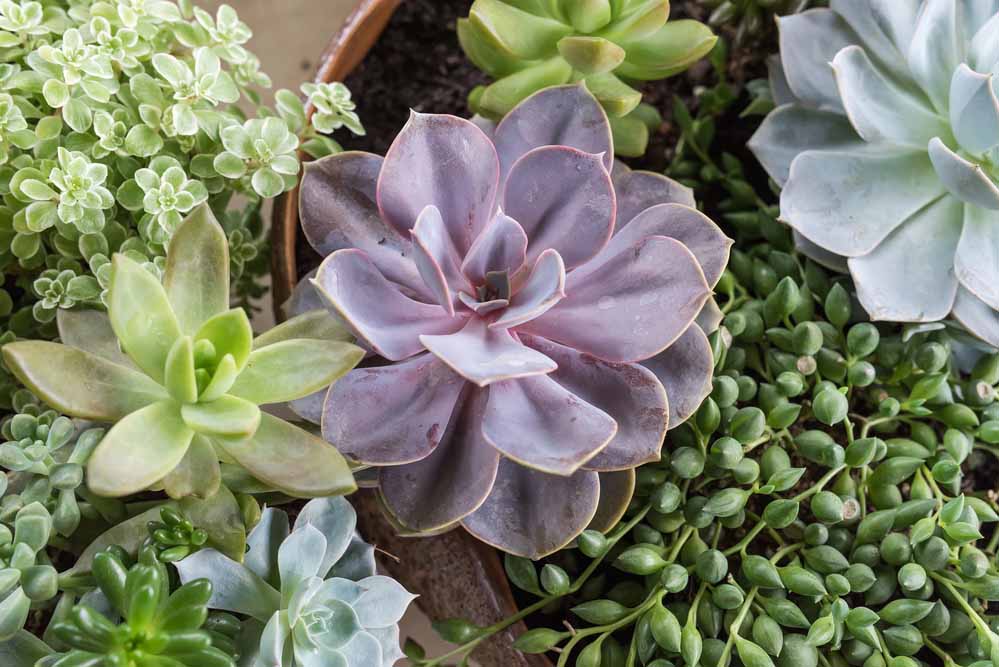

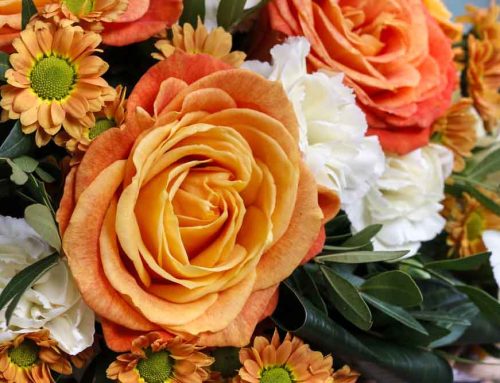
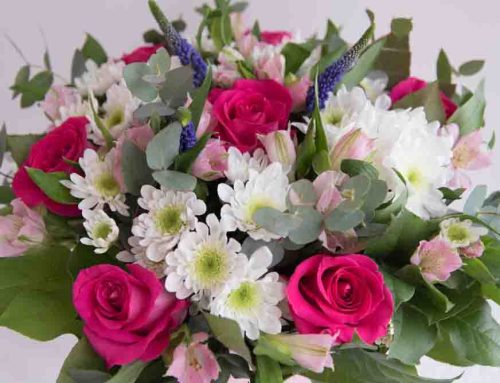
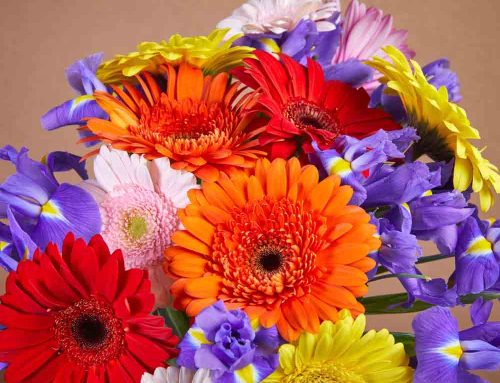
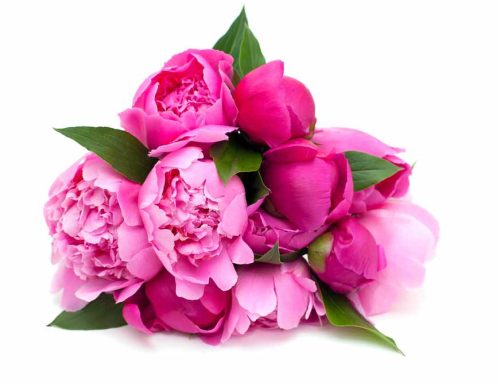
Leave A Comment